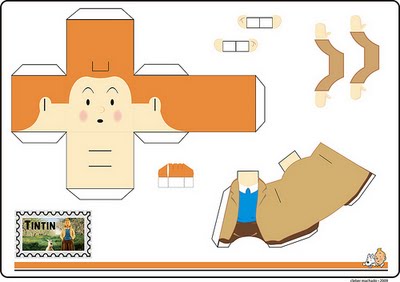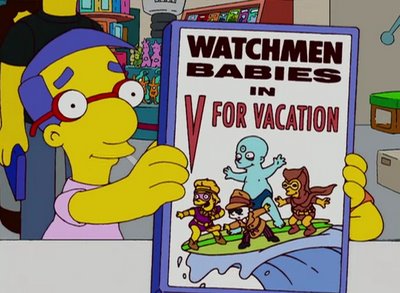CFP: For Love of the Fans: Fandom, Comics and Film Adaptations (Nov. 1; Nov. 11-14, 2010)
For Love of the Fans:
Fandom, Comics and Film Adaptations
2010 Film & History Conference:
Representations of Love in Film and Television
November 11-14, 2010
Hyatt Regency Milwaukee
www.uwosh.edu/filmandhistory
Second Round Deadline: November 1, 2009
AREA: For Love of the Fans: Fandom, Comics and Adaptations
Since comic books began featuring letters to the editor in each issue, fan culture has been a pivotal and clear presence in comics. This presence and investment became even more potent as fandom culture began to reside in physical settings such as comic book shops and conventions. Fandom culture has become more present and powerful in the Internet age and while they were once solely the butt-end of jokes, they now garner the attention of producers, directors, and writers. Their love and investment in comics are now considered important by creators in generating promotion and excitement for films. Unlike the previous 50 years of comic adaptations, the last 20 years have seen significant efforts by producers to tie into fan expectations from as far back as the X-Men and Batman cartoon series of the 1990s up through the latest superhero-blockbuster.
This area welcomes multiple papers and panels that consider the following questions about comic fandom and television/film adaptation as well as additional topics in this vein:
- How have studios used the fanbase to encourage or promote comic adaptations such as Watchmen?
- In what ways have studios and directors relied on the fanbase to determine the direction of sequels or future seasons with regards to plot, villains, and character development in such franchises as X-Men, Spider-Man, Batman, Superman (including Smallville), Fantastic Four and the like?
- What roles have the fans played in comic-film reboots such as Batman, Superman, the Incredible Hulk, the Punisher, and the supposedly forthcoming reboot of Fantastic Four franchise?
- Does the role of same-universe strategies being explored by Marvel Comics with its release of Iron Man and the reboot of Incredible Hulk operate as a means to attracting fans?
- In what ways have comic forums, such as Wizard Magazine or Comic Book Resources played in influencing the casting of particular actors and actresses for certain roles?
- What’s to be made of the increasing and dominant presence of film studios at “comic events” such as San Diego’s ComicCon?
- What role do famous fans (Kevin Smith, Nicholas Cage, et al) have in the construction of or success of comic book adaptations?
- How do films target “in-crowd” moments for fans such as Stan Lee cameos in Marvel films or self-reflective comments about comics and superheroes by superhero films?
- How has film and television represented comic fandom from the Simpsons’ Comic Book Guy to movies such as Fanboys, Comic Book Villains, and Chasing Amy or Jay and Silent Bob Strike Back?
Lance Eaton, Area Chair
Emerson College
Institute for Liberal Arts and Interdisciplinary Studies
120 Boylston St.
Boston, MA 02116
Email: Lance_Eaton@emerson.edu (email submissions preferred)
Panel proposals for up to four presenters are also welcome, but each presenter must submit his or her own paper proposal. For updates and registration information about the upcoming meeting, see the Film & History website: www.uwosh.edu/filmandhistory
Labels: academic, adaptation, cfps, conferences, fandom, films







